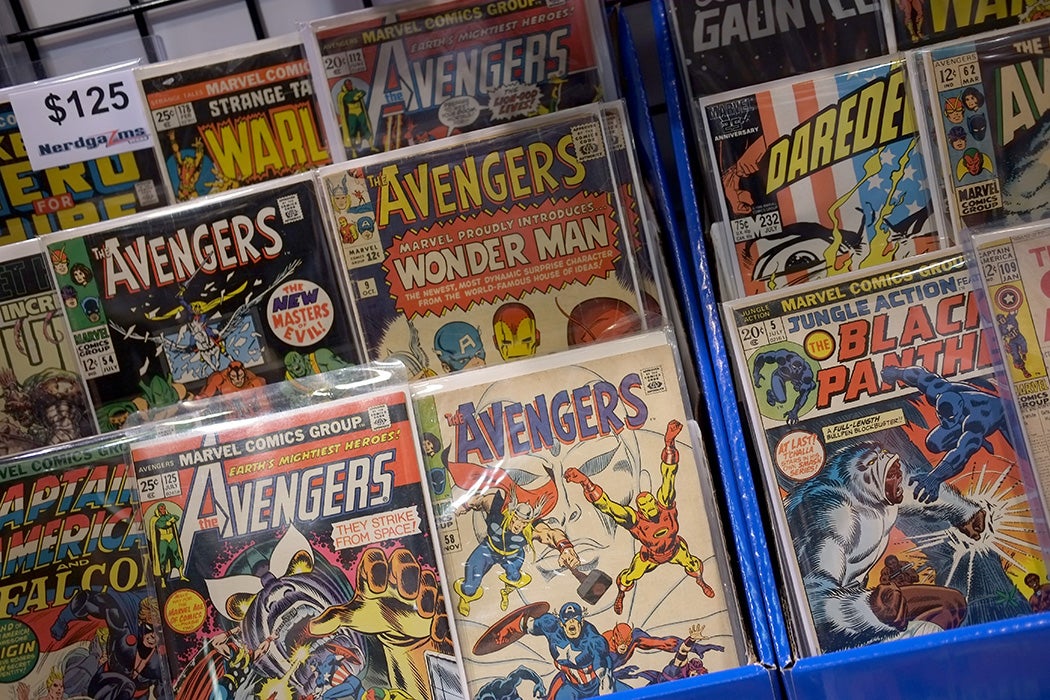This summer, Neil Gaiman’s classic comic, The Sandman, became a Netflix television series. This adaptation follows a few exciting years for Gaiman fans. A blood-soaked, color-saturated American Gods ran for three seasons on Starz; critically acclaimed Good Omens is going into its second season on Amazon; and Gaiman’s many short stories are being meticulously turned into short graphic novels. Whatever your choice of medium, there’s a Neil Gaiman work to consume.
The gaps that open within and between adaptations of his work allows for readers to enter and move rather freely, a notion that mirrors Scott McCloud’s provocations on the gutter—the negative space between panels—in graphic novels.
Stephen E. Tabachnick identifies how these gutters activate readers imaginations:
Closure as McCloud uses it means that the gutters or empty spaces between panels in works of sequential art force the reader to imagine what transpires between the panels themselves, and he describes several degrees of reader involvement based on the different types of panels employed by the creator in a given situation…The implication then is that by their very nature graphic ‘novels,’ whether fictional or nonfictional, call strongly upon the reader’s own interactive participation not only to understand, but to complete the work done by the creator.
There are literal and metaphorical gutters running through all of Gaiman’s books. His stories echo with embedded narratives (for better and worse) from the Western canon, taken from folktales, communal memory and displaced into something that feels fresh even though it’s not completely brand new.
In his analysis of The Sandman, for example, Jon Pendergast reveals Gaiman’s investment in the Renaissance drama. Beyond the clear connections that The Sandman insists upon (William Shakespeare is a recurring character in the series with both A Midsummer Night’s Dream and The Tempest referenced directly in issues 19 and 75 ), Pendergast explores the many ways Shakespeare is called forth, haunting Gaiman’s work as both character and double, as source material, and object of adaptation. Pendergast also points out that both Gaiman and Shakespeare deliberately reveal the tools of labor that are typically hidden (the imagination being one such tool).
Both authors are present through representation of their process; Shakespeare’s double as the aging illusion maker Prospero in The Tempest reflects upon his own relationship with the stage as he ages and the staging of a play within a play in A Midsummer Night’s Dream is mirrored by the identity-shifting Dream rebuilding his kingdom, playing with myths and memories as Gaiman is apt to do. There seems to be an echo that reverberates from Sandman that continues to draw in new fans: the lasting image of a dream within a dream; the artistic process within an art object; and, of course, evidence of Gaiman’s own identity as Shakespeare fanboy and remixer.








